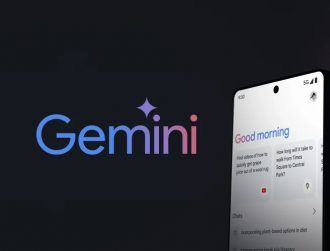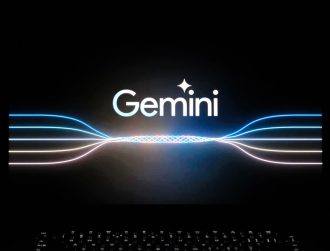
Image: © Picturellarious/Stock.adobe.com
One way in which Google says its latest image generator is unique is that it allows users to experiment with ‘adjacent dimensions’ of images created by the AI tool.
Google has unveiled an image generator tool called ImageFX that allows users to create images based on simple text prompts.
Powered by Imagen 2, the latest and most powerful text-to-image model created by scientists at DeepMind, ImageFX will compete with some existing players in the space such as OpenAI’s Dall-E, Stability AI’s Stable Diffusion and Midjourney.
“ImageFX offers users a powerful interface to quickly and safely explore image generation,” the Alphabet-owned company wrote in a blog yesterday (1 February).
“Our early experiments in Labs highlighted how important creative exploration is to new users of generative AI tools. People often discover new ideas through testing a range of prompts and concepts as they iterate.”
One way in which Google says ImageFX differentiates itself from competitors is what it calls “expressive chips” that let users experiments with “adjacent dimensions” of images created by the AI tool.
This means that, for example, if a user created a photoreal image of a bowl of fruits, they would then have the option of creating alternative versions of the same image in different styles, such as hand-drawn, abstract and impressionist.
Google first released Imagen in May 2022 to compete with OpenAI’s image creator. The company boasted at the time that Imagen was capable of an “unprecedented degree of photorealism” and a deep level of language understanding.
The launch comes at a time when various AI players are competing to create the best image generators while also dousing flames of misuse that attract the eyes of regulators.
One recent examples of the misuse of AI is when people posted nonconsensual deepfake pornographic content of Taylor Swift on X, with one post attracting more than 45m views.
“With the increased ability to generate photorealistic images with Imagen 2, we’ve made significant investments in training data safety and added technical guardrails to limit problematic outputs like violent, offensive or sexually explicit content, as well as applying filters to reduce the risk of generating images of named individuals,” Google wrote.
The company also said it conducts extensive adversarial testing to identify and mitigate potential harmful and problematic content. All images generated with ImageFX are marked by SynthID, a Google tool that adds a digital watermark directly into AI content.
Find out how emerging tech trends are transforming tomorrow with our new podcast, Future Human: The Series. Listen now on Spotify, on Apple or wherever you get your podcasts.






